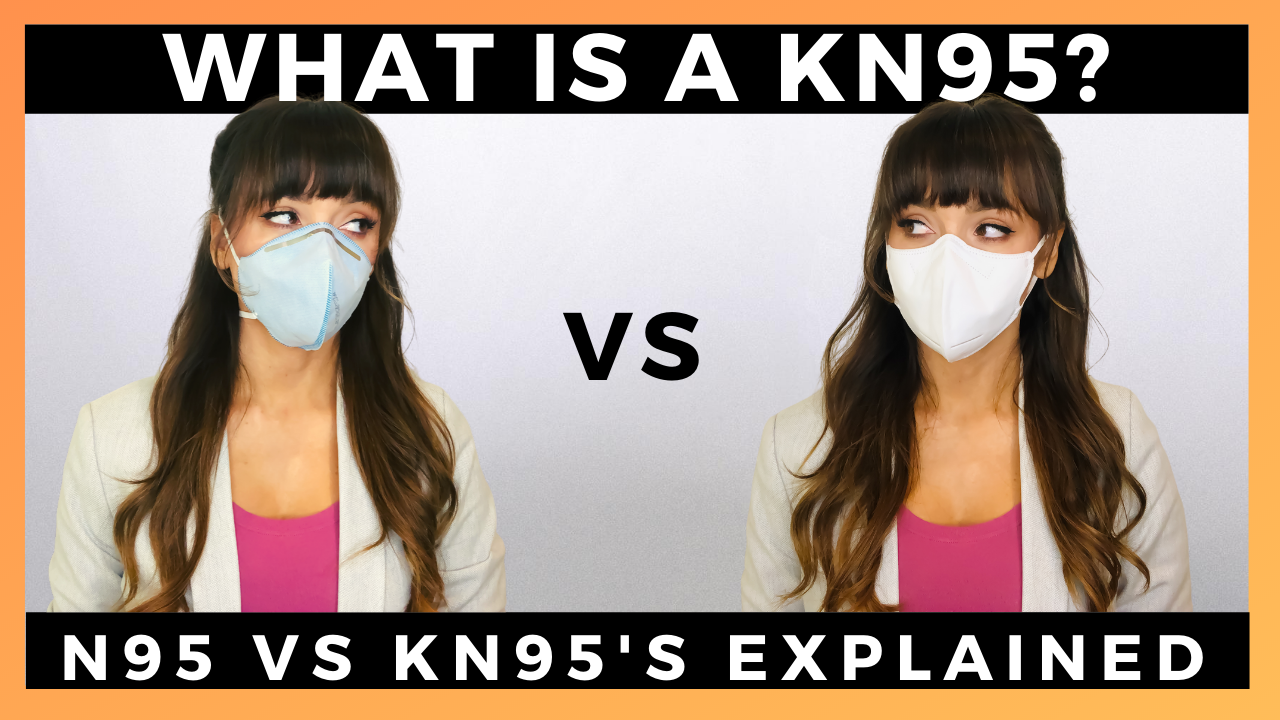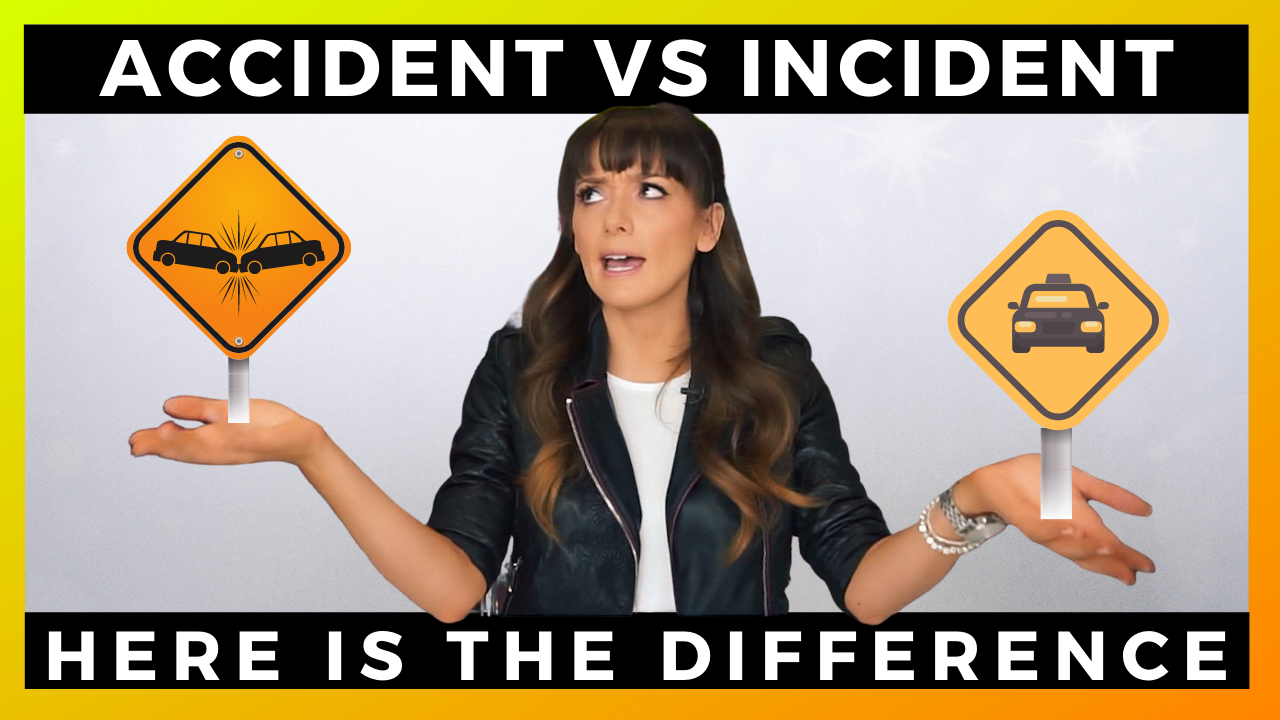With coronavirus, we’ve learned a lot of new words and phrases like social distancing, respiratory droplets, and of course, the now-infamous N95, but what about its less known counterpart, the KN95?
Most of the information out there on KN95’s could best be described as a vast gray area. When it comes to choosing between the N95 and KN95, how do know which is the best to use?
In this blog post, we are going to clearly and simply outline the differences between N95’s and KN95’s, so you can make the best decision for yourself and your workplace.
The difference between N95’s and KN95’s
This is an N-95 respirator.

In the US, the N95 was developed to be a single-use respirator.
Some are suited for industrial environments and others for healthcare environments.
You’ll notice there are different types of N95’s. Some are molded, some are folded, and others are vented.
Here is my favorite N95: https://allysafety.link/N95
Use code Ally10 for 10% off.
This is a KN95 mask.

This mask was developed for similar purposes as the N95 and also undergoes similar testing.
However, the N95 is the American standard that is certified by NIOSH.
The KN95 is the Chinese equivalent to the N95 but has some differences.
My favorite KN95's: https://allysafety.link/KN95
Use code ALLY10 for 10% off.
1. Filtration
N95’s are considered to be filtering respirators because they fit tight to the face. The 95 in N95 denotes that filters up to 95% of particles and aerosols.
KN95’s are also rated to filter 95% of particles and aerosols.
2. Fit Differences
Other differences between N95 masks vs KN95 masks are that N95’s have headbands that wrap around the head, while KN95’s have ear loops.
| N95 | KN95 |
 |
 |
3. Quality and Testing
Both NIOSH and Chinese standards require filter performance to be greater than or equal to 95% efficient.
The test agent for both is the same, the flow rate tested is the same, total inward leakage testing requirements are necessary for KN95’s but not N95’s. There are some small variations in testing, but as you can see (ref. table below), there are more similarities between these two items than differences.
|
|
N95 |
KN95 |
|
Filter performance |
95% |
95% |
|
Test Agent |
NaCl |
NaCl |
|
Flow Rate |
85 L/min |
85 L/min |
|
Total inward leakage |
N/A |
>= 8% leakage |
|
Inhalation resistance |
<= 245 Pa |
<= 245 Pa |
4. Approval
N95’s are approved by NIOSH. When they’re used in the medical field, they also need to be cleared by the FDA.
KN95’s are approved by the following Chinese standards:
5. Emergency Approvals
Due to the urgent need for masks earlier this year, some KN95’s were temporarily approved by the FDA and NIOSH for emergency use in healthcare settings. Those that are approved, you can find on the CDC website and the FDA’s emergency use authorization website.
After the initial emergency approval by NIOSH and FDA, some testing performed by NIOSH found that certain KN95’s may not provide the consistency necessary to protect to match the N95 respirators. This resulted in them walking back many of their earlier permissions in May 2020.
First on May 7th, and then again on June 6th. Where we are right now is that KN95 respirators that have a failing grade as indicated by NIOSH testing may be re-labeled as face masks and authorized for use as source control, similar to a surgical mask.
Basically, what they are saying is, we tried to allow these as the closest substitute to N95’s during the worst shortages, but they just aren’t meeting our quality standards for respirators so treat them like face masks and less like respirators, unless they’re on this list.
6. OSHA’s Stance
OSHA's stance has generally been that they would rather have employees using a mask than not using one.
But let’s be clear, that’s their stance on face masks. An N95 is technically a respirator, and the standards for respirators don’t have much wiggle room.
What to do if you can’t get a NIOSH-Approved N95 or KN95?
In the event that you can’t get a NIOSH-approved N95 you need to:
- Show good faith in seeking out a NIOSH approved mask. If it were me, I’d document emails from vendors or screenshots from websites showing that you can’t purchase N95’s at the time needed.
- Collect supporting documentation that shows the assigned protection factor is at least the same as that provided by the NIOSH approved mask that they are temporarily replacing.
- Employees need to be notified of the change, whether they use the KN95 as mandatory PPE or on a voluntary basis.
Luckily, in the past month or so, it’s gotten much easier to find NIOSH-approved N95’s but the second wave of COVID-19 could result in short supplies again, so it’s best to know what to do if you can’t get N95’s.
Regardless of which masks you choose, it’s important that you understand their own unique risks, and choose the item that is best for your workplace. Also, follow NIOSH and FDA guidance because I’m sure this is likely to be updated again before it’s all over.
I hope this post helped you to understand the differences between N95’s and Kn95’s.
Pin It!




Leave a comment
All comments are moderated before being published.
This site is protected by hCaptcha and the hCaptcha Privacy Policy and Terms of Service apply.